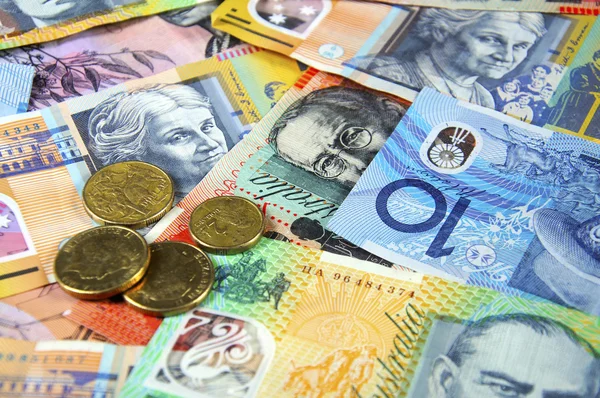Australian dollar gained momentum as a result of hawkish RBA Meeting Minutes.
The Australian Dollar (AUD) is trading near its five-month high of 0.6774 on Wednesday, supported by a weaker US Dollar (USD) and stronger risk appetite. The AUDUSD pair benefited from the Reserve Bank of Australia’s (RBA) hawkish tone published in the Meeting Minutes on Tuesday. Furthermore, the Australian Dollar benefited from rising commodity prices.
Australian central bank is anticipated to maintain its interest rate steady at its meeting in February.
The central bank of Australia emphasized the significance of waiting for additional evidence to judge the balance of hazards. This factor considers the possibility that inflation may remain high for an extended period of time. Furthermore, the board highlighted that the RBA staff expected inflation to return to the top end of the band by the end of 2025, rather than the midpoint.
According to the World Interest Rate Probability Tool (WIRP), the Reserve Bank of Australia is overwhelmingly expected to avoid a rate drop at its February policy meeting. However, the central bank’s monetary tightening is more likely to be eased during the May and June sessions.
On Wednesday, the People’s Bank of China (PBoC) issued its Interest Rate Decision. The Monetary Policy Committee (MPC) maintained its The benchmark rate remains at 3.45%.
The US Dollar Index (DXY) fell in the previous session, unable to recover recent losses despite low US Treasury yields. The US Dollar is under pressure as a result of dovish attitude surrounding the US Federal Reserve (Fed), which has hinted at likely monetary policy easing in early 2024.
US housing starts increased to 1.56 million, exceeding the market forecast of 1.36 million. However, building permits fell to 1.46 million, slightly below the 1.47 million projected. On Wednesday, the existing home sales change and the CB Consumer Confidence survey will be scrutinized.
Daily Market Movers: The Australian Dollar gains ground as risk appetite improves.
The Westpac Leading Index (MoM) increased by 0.01% in November, compared to the previous report of flat 0.0%.
The initial Judo Bank The composite PMI rose to 47.4 from 46.2 previously. The Manufacturing PMI for the same time period was 47.8, up from 47.7 the previous month. Furthermore, the Services PMI increased to 47.6 from 46.0 previously.
Consumer inflation expectations in Australia for December fell to 4.5% from 4.9% previously.
Don Farrell, Australia’s Trade Minister, claimed that he hopes China would reduce harsh tariffs on Australian wine. China has already eliminated trade restrictions on most Australian exports, indicating a gradual improvement in bilateral relations.
In response to expectations regarding a March rate drop from the Federal Open Market Committee (FOMC), New York Fed President John Williams provided a rebuttal. In addition, San Francisco Fed President Mary Daly noted that forecasting policy positions for the coming year is premature.
The S&P Global Services PMI in the United States increased to 51.3 from 50.8 before. While the Manufacturing PMI fell from 49.4 to 48.2.









